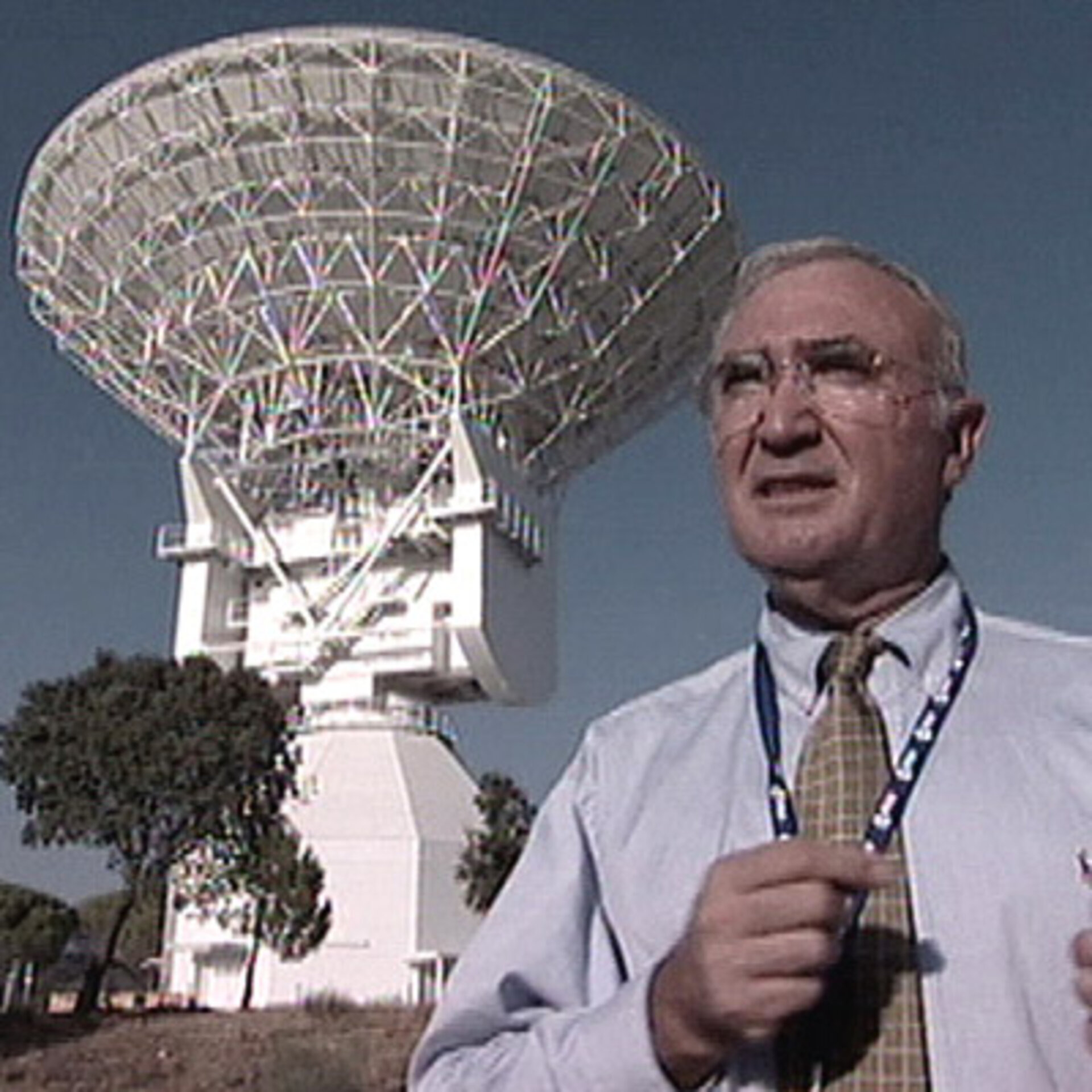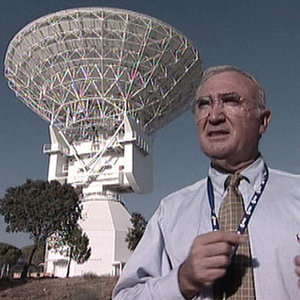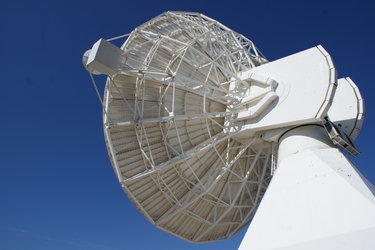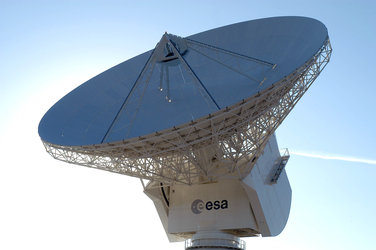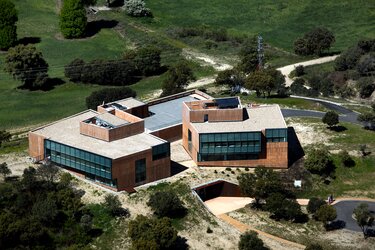European experts operate Apollo tracking network
In 1969, Valeriano Claros-Guerra was one of a new generation of Spanish engineers trained by NASA to operate the tracking stations supporting Apollo. For the first moonwalk, he helped ensure that Houston controllers could communicate with the astronauts on the Moon.
In 1953, Spain signed an agreement with the American government for basing US military forces in the country, which also included provisions for establishing satellite support facilities. In the early 1960s, NASA started building ground tracking stations, initially at Maspalomas, Canary Islands, for the Mercury and Gemini missions, and at Fresnedillas, Madrid, as well as Deep Space Network (DSN) stations at Robledo de Chavela (DSS-63) and Cebreros (DSS-62), both near Madrid.
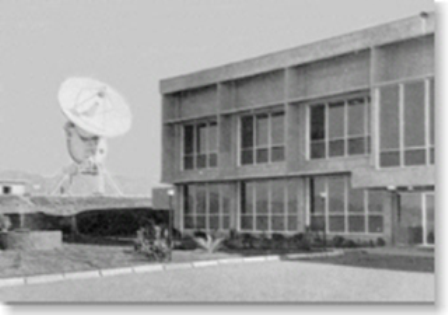
For the Apollo Moon missions, it was determined that a separate Manned Spaceflight Network (MSFN) of tracking stations would be necessary, backed up by the DSN stations, particularly for the highly directional and low-power communications sent by the astronauts from the Moon's surface. By 1964, NASA had started building a MSFN station as an extension to the existing facilities at Maspalomas, with Spain's Instituto Nacional de Técnica Aeroespacial (INTA) serving as the Spanish partner.
Training local experts

As with previous space infrastructure projects with NASA, the idea was that Spain would support building the NASA facilities, while local engineers would be trained by NASA experts in the practical knowledge needed for the development, operation, maintenance and testing of the network.
"Spain was lucky," said Valeriano Claros-Guerra, who arrived at the Maspalomas MSFN station in February 1969 to work for NASA as an INTA-paid graduate engineer. He says that geography and geopolitics combined to ease Spain out of the isolation that had fallen on the country.
"We could benefit from the training and experience of NASA, while building up world-class tracking facilities that could later be taken over by Spain. Now, some 50 years later, Spanish tracking facilities are part of ESA and directly contribute to Europe's missions and activities in space."
'On console' at Maspalomas 40 years ago
Claros-Guerra clearly remembers the events of forty years ago. For the Apollo 11 Moonlanding and first Moonwalk, Maspalomas station was the real-time, 'hot' back-up for the MSFN station at Fresnedillas, Madrid. On 19 July 1969, he was working on the station's management console, controlling the voice and data circuits going back to Mission Control in Houston.
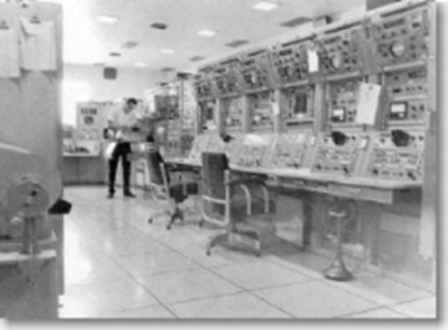
"I was on shift from 1600-2400 UT - the astronauts were just getting ready to exit the lunar lander when I finished, so there was no way I was going home! I stayed to see what happened and the first step was taken at 02:56 UT, 21 July.
I also helped monitor the controllers' voice communications between Spain and Houston; the circuits were sometimes very noisy and the Houston guys all spoke with Texan accents, so it was important to have extra 'ears' to make sure we understood their instructions," said Claros-Guerra.
Spanish experts help ESA build the ESTRACK network
In the following decade, local experts like Claros-Guerra helped establish the ESTRACK ground station network for the then-new European Space Agency.
In 1975, NASA closed out the Maspalomas MSFN station. But starting in the early 1980s, ESA's Earth observation (EO) missions needed tracking support and Maspalomas was reopened by the Spanish government, with INTA as the local operator. The station supported Landsat and ERS-1, and several antenna terminals were built, including the current largest, the 15m ESTRACK station, in 1991.
"ESA, established in 1975, was starting from scratch with its missions and had very limited tracking resources. Spain had a lot to offer. ESA established the Villafranca tracking station in 1978, headed by another Spanish ex-Apollo team member, Andrés Ripoll (who was appointed Head of the ESA Astronaut Centre in 1989), and me, as INTA Maintenance and Operations Manager, and it made sense to reopen Maspalomas to support the EO missions," said Claros-Guerra.
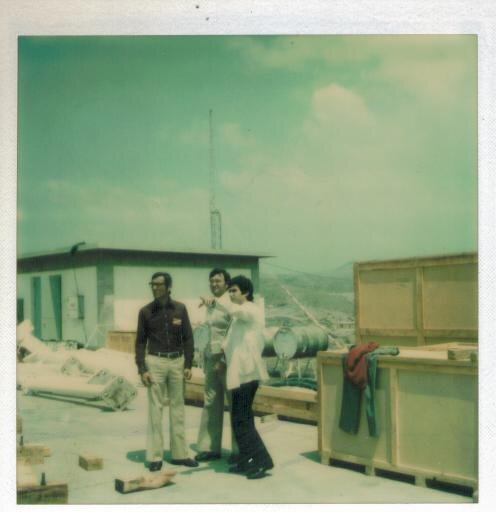
He adds that Spain had a pool of talented, experienced engineers thanks to the NASA days, and this is one of the most important benefits to ESA stemming from the Apollo era. "Some had already left to join ESA's European Space Operations Centre, in Germany, including the late Felix Garcia-Castañer, who went to ESOC in 1975 and served as the Centre's Director from 1991 until 1997."
"But we've always been strong in this regards - I think you can say that the knowledge acquired by engineers in Spain with NASA was definitely beneficial to ESA in later decades."
Knowledge acquired by engineers in Spain with NASA was definitely beneficial to ESA in later decades.
Valeriano Claros-Guerra served as INTA Deputy Director and as Operations and Communications Supervisor at Maspalomas Tracking Station, part of NASA's Manned Spaceflight Network on Grand Canary Island, from 1969 to 1975. He supported a number of space programmes, including Apollo, ERTS (Earth Resources) and Skylab. He joined ESA in 1989, serving as Director of the Villafranca del Castillo Tracking Station and as ESA's Representative in Spain, until 2004. In his final year with ESA, he served as Station Manager at Cebreros station. He retired from ESA in 2005.
Editor's notes
Access in-depth interview with Claros-Guerra here.
The Villafranca del Castillo Tracking Station has since become ESA's European Space Astronomy Centre (ESAC) hosting not only ESTRACK stations but also scientific operations centres for ESA's astronomy and Solar System missions, along with their scientific archives.
ESA's core ESTRACK network comprises 13 terminals at nine stations in six countries: Kourou (French Guiana), Maspalomas, Villafranca and Cebreros (Spain), Redu (Belgium), Santa Maria (Portugal), Kiruna (Sweden) and Perth and New Norcia (Australia).


